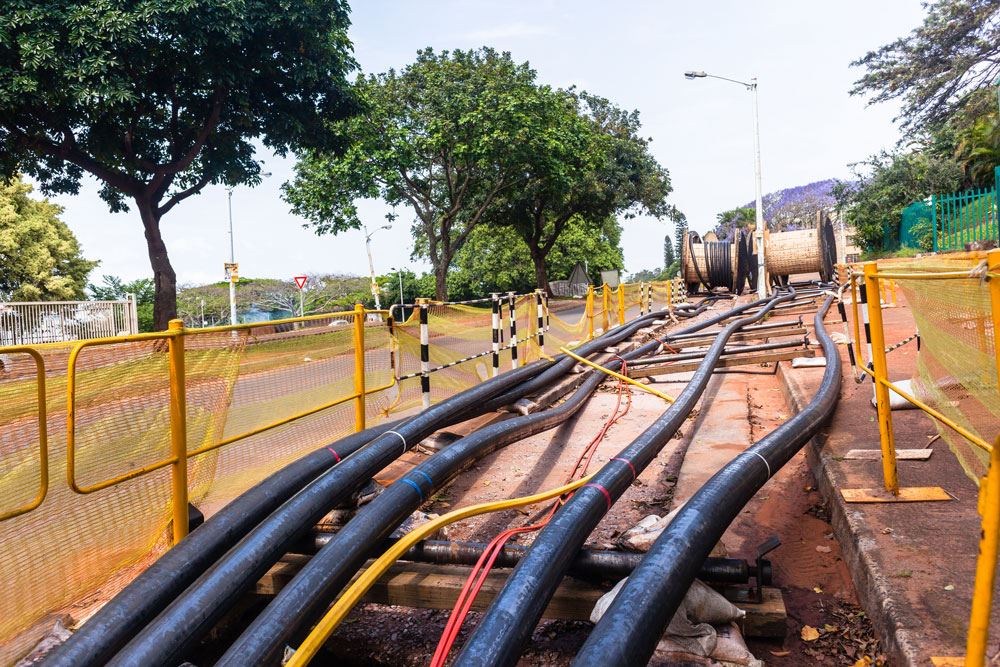Cables at this voltage level must be carefully terminated at the ends. For extra high voltage levels such components are critical. Statnett experience that monitoring systems are not included with these terminations despite their criticality. It is implicitly assumed that they are maintenance free.
Transmission grid failures can result in long outage periods with unacceptable societal impacts and negative economic consequences including significant loss of industry production and high not-delivered-energy costs (KILE).
A monitoring system can in due time give warnings that "something is about to happen". In SmartACT a novel hardware will be developed based on sensors placed inside the termination. The signals from the sensors will be transferred wireless to a receiver placed outside the termination. The power supply of the sensor will also be wireless transferred from outside.
The expected lifetime of the cable terminations at a system voltage of 420 000 V is very long, and therefore the installed hardware for monitoring should have a service life of similar length. The data management and interpretation will be taken care of by using AI.
Project success means that incipient failures will be detected for these crucial components during their lifetime. In the end, the extra high voltage system in Norway will be more reliable and robust in the future with SmartACT monitoring units.
In the SmartACT project, an innovative and non-intrusive long-life sensor system for online condition assessment and monitoring will be developed and tested for installation inside 420 kV oil-filled cable terminations, which are the components most prone to failure.
This novel sensor system will provide continuous feedback concerning the condition of the cable terminals, thus allowing for mitigation procedures to be enacted when necessary, hence avoiding disruption of supply.
The sensor system is expected to increase security of energy supply by assessing temperature, humidity, pressure, and partial discharges (PDs) combined with a new digitized machine-learning-assisted assessment methodology.
Project partners:
This is an Innovation Projects for the Industrial Sector financed by the Research Council of Norway.

